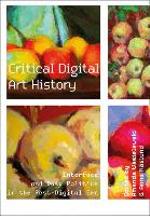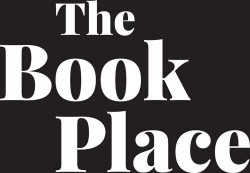Approaching the use of digital technology in art history from a theoretical perspective. Digital art history has often aligned itself with the practical concerns of digital technology and the responsibilities of art institutions and associated institutional roles such as collection managers, information specialists, curators, and conservators. This emphasis on practicalities and implementation, while undeniably important, has often left little room for critical examination of the broader implications of digital technology and computational methodologies in art history. A long-standing concern of the field–and a major focal point of this book–is museum and collecting practices in the digital era. While there is a certain degree of continuity in the field, there are also important shifts and changes to address–namely, the widespread uptake of artificial intelligence tools and increased attention to both the broader historical and societal aspects of the use of digital repositories and tools. This anthology seeks to address the dearth of critical reflection by critically assessing specific case study examples and considering the political dimensions associated with large-scale digitization and the application of digital tools within museums and collection management.

Critical digital art history : interface and data politics in the post-digital era
ISBN: 9781835950487
Format: Paperback
Publisher: *Intellect Ltd
Origin: GB
Release Date: November, 2024


